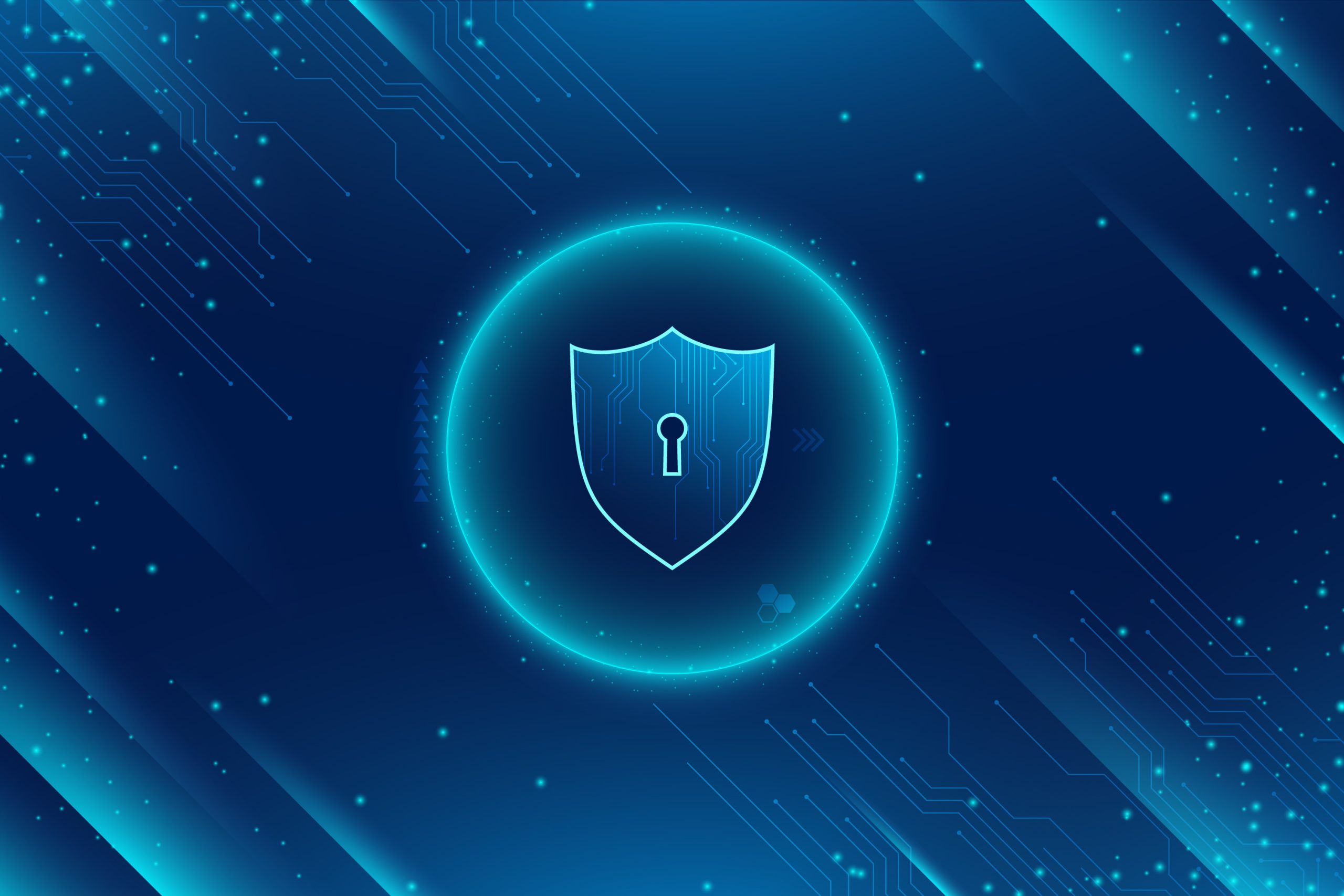Boosting eLearning Security: Why DMARC is Crucial for Safe Email Practices
The rise of eLearning has transformed education, offering unprecedented access and convenience. However, with this digital expansion comes the responsibility of ensuring a secure online environment, especially concerning email communications. Emails remain a primary communication tool in the eLearning ecosystem, connecting educators, students, and institutions. However, this medium is also vulnerable to a variety of threats, necessitating robust security measures like DMARC to protect against email-based attacks.
Domain-based Message Authentication, Reporting & Conformance (DMARC) is an essential protocol that protects against email spoofing. In the context of eLearning, DMARC ensures that malicious entities cannot forge emails to appear as though they originate from trusted sources. This is particularly crucial when confidential information, like course access codes or personal data, is communicated through email. By verifying sender identity and signaling to email receivers how to handle unauthenticated messages, DMARC establishes a foundation of trust.
Implementing DMARC in an eLearning environment not only secures communication channels but also fortifies the brand reputation of educational institutions. Trust is a cornerstone of the eLearning industry, and any breach can lead to lasting damage. Through DMARC, schools and platforms can demonstrate a commitment to safeguarding user data, enhancing their credibility. Teachers and students gain confidence in the security of their communications, fostering an open and effective learning atmosphere.
The pathway to integrating DMARC into your eLearning platform involves strategic planning and execution. Start by assessing your current email infrastructure and establishing rigorous authentication practices. Align this with detailed resource allocation for continuous monitoring and adjustment. Leveraging updates from domain-specific protocols and security enhancements can further bolster your system’s resilience. Ensure that your technical team stays informed on the latest developments to maintain robust defenses.
Educating all stakeholders about the importance and functionality of DMARC is equally valuable. Security measures are most effective when paired with awareness and understanding. Conduct training sessions and provide resources that illuminate how DMARC combats phishing attempts and secures sensitive information. Encourage a culture of vigilance among educators and students to complement technological safeguards.
Periodic reviews and analytics play a pivotal role in sustaining DMARC’s effectiveness. Use reporting tools to gain insights into attempted attacks and customize your response strategy accordingly. Being proactive in analyzing data trends can help identify potential vulnerabilities and implement timely solutions. Regular updates and tweaks ensure that your security protocols evolve in tandem with emerging threats.
In conclusion, the integration of DMARC within the eLearning industry is not merely an option but a necessity. Its role in protecting email communications cannot be overstated, as it not only defends against external threats but also reinforces the trust that the educational experience is built upon. By adopting DMARC, you take a critical step towards enhancing eLearning security and fostering a safe, conducive learning environment for all participants.
